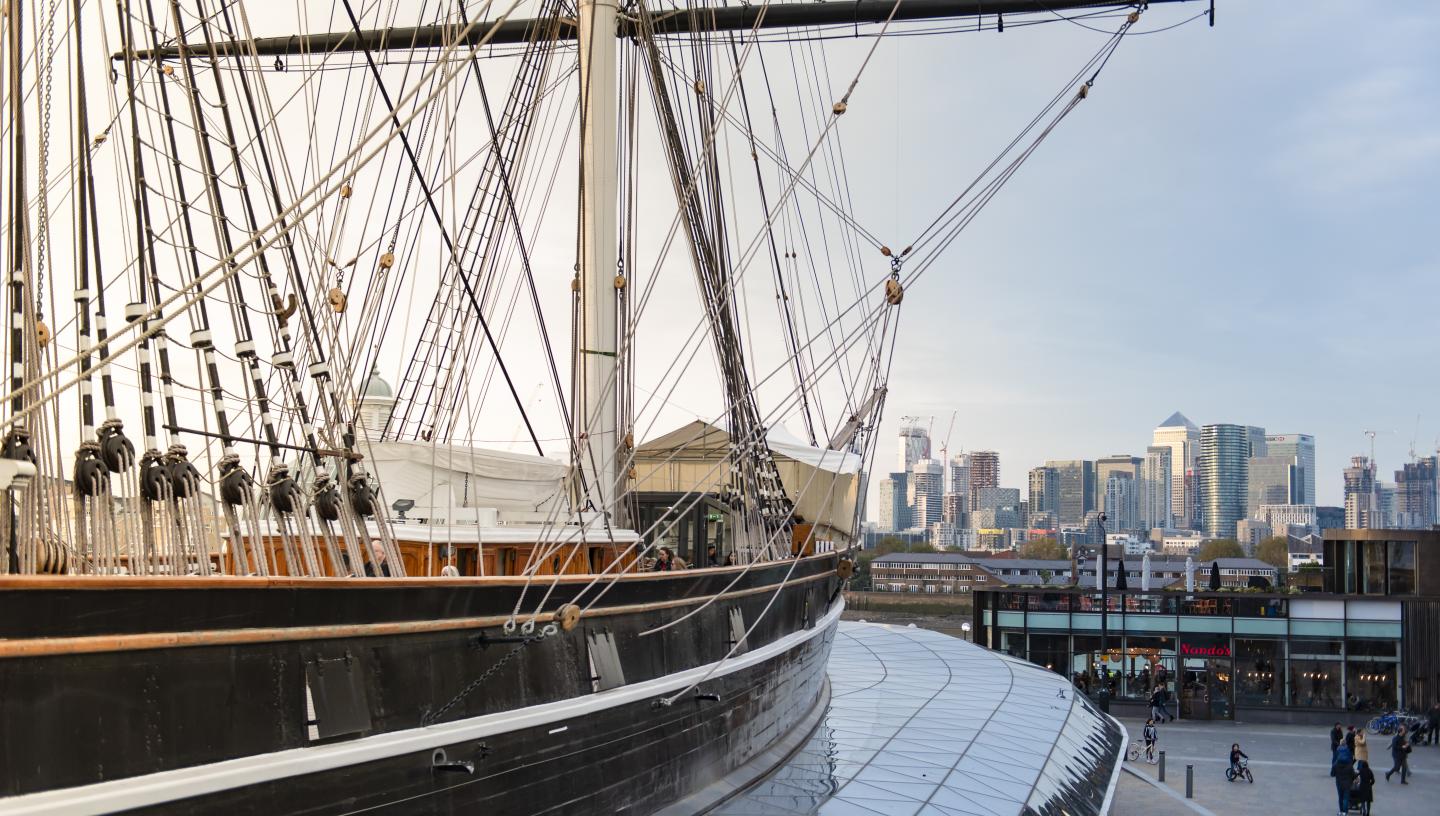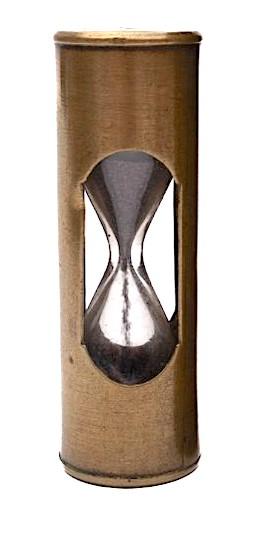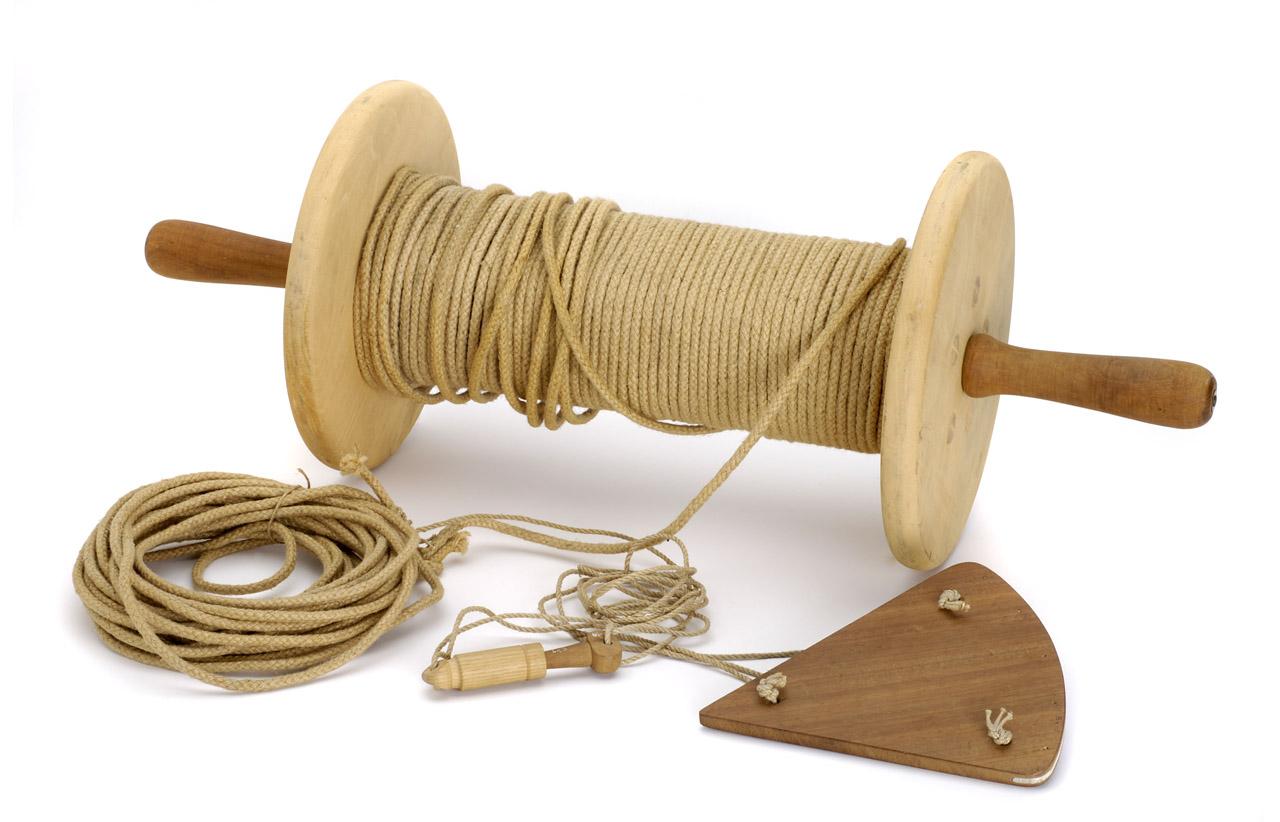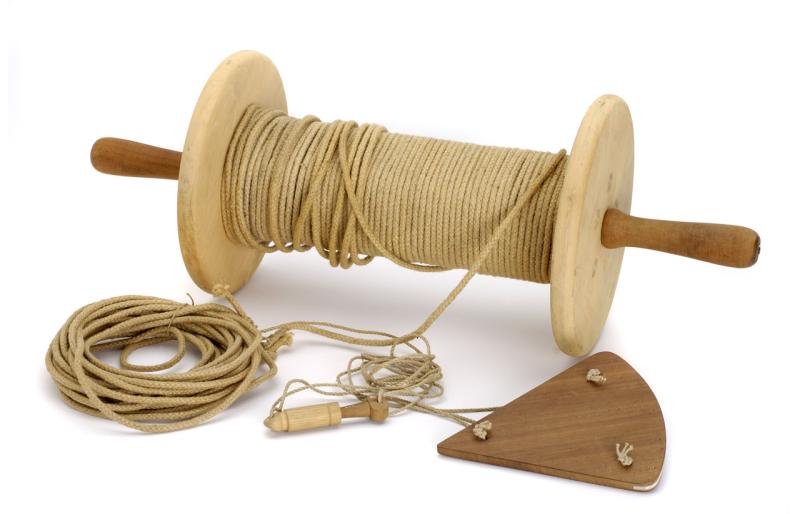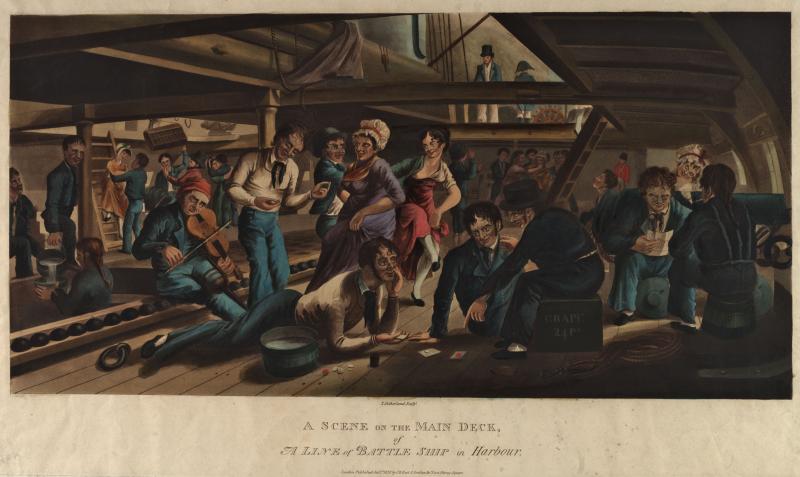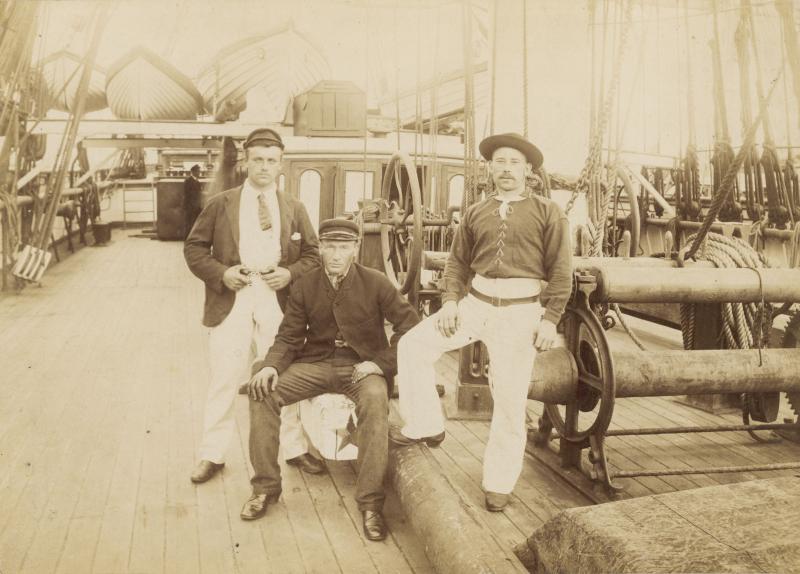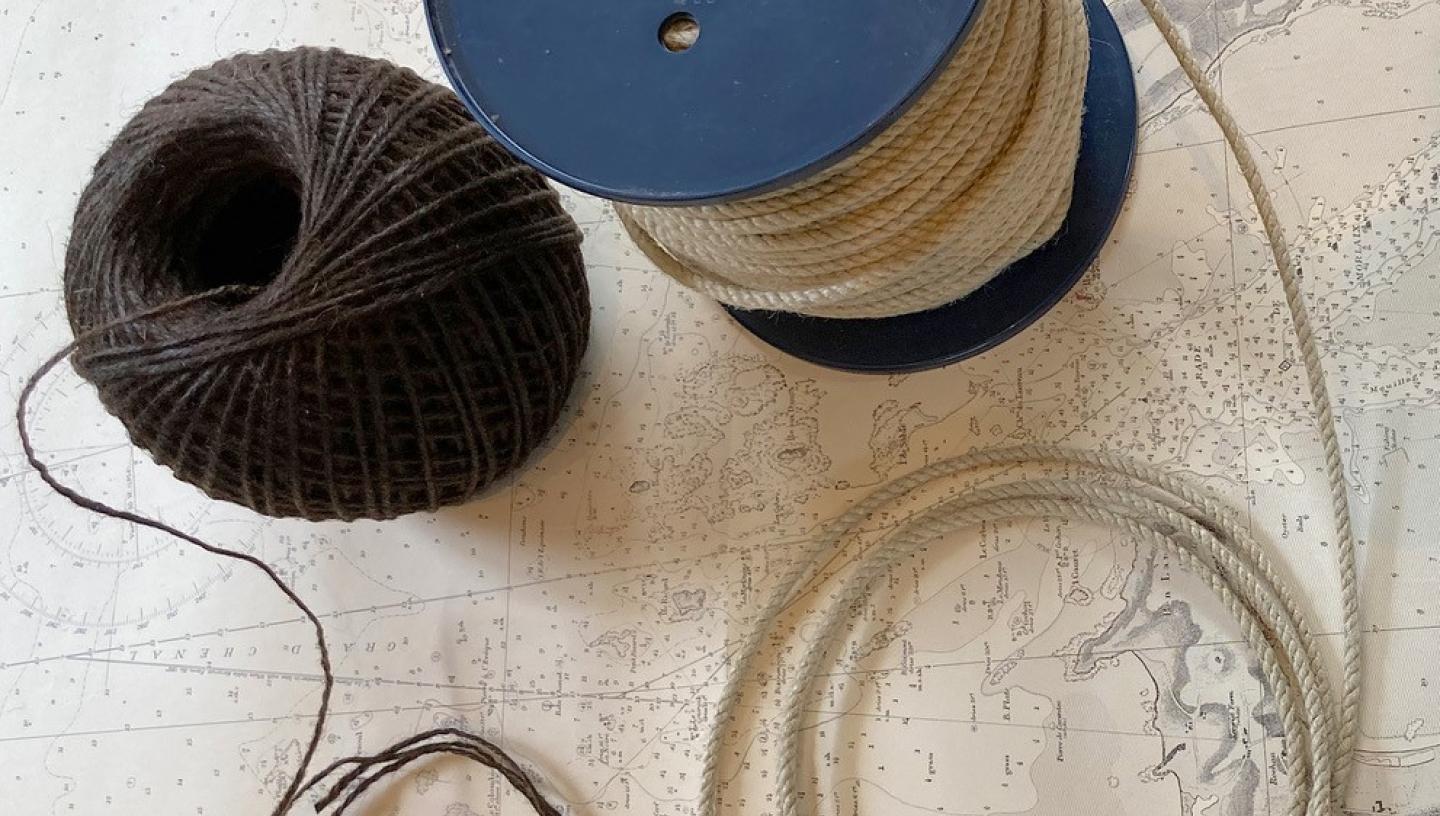
Written by John Prescott, Cutty Sark volunteer
Useful to know before starting
- For this project it will be easier to work in feet rather than metres
- 1 nautical mile (nm) = 6,080 feet (ft) (You will not need anything like this length of logline, as you will be measuring over a small fraction of a mile)
- A knot (in this context) is a unit of speed. 1 knot = 1 nautical mile (nm) per hour 1 ft = approximately 30 cm
- The simple relationship between speed and distance is expressed as: Speed = Distance ÷ Time
- The Mate is the second in command of a ship after the Master; or, a Mate, applied generally, is one of a ship’s officers
Equipment
You will need several feet of narrow rope or cord and a drum or spool – perhaps an old cable drum, but don’t pinch the family rolling pin!
Even a short length of broom handle will suffice. You will also need some volunteers to act as your ships, so that you can measure their speed.
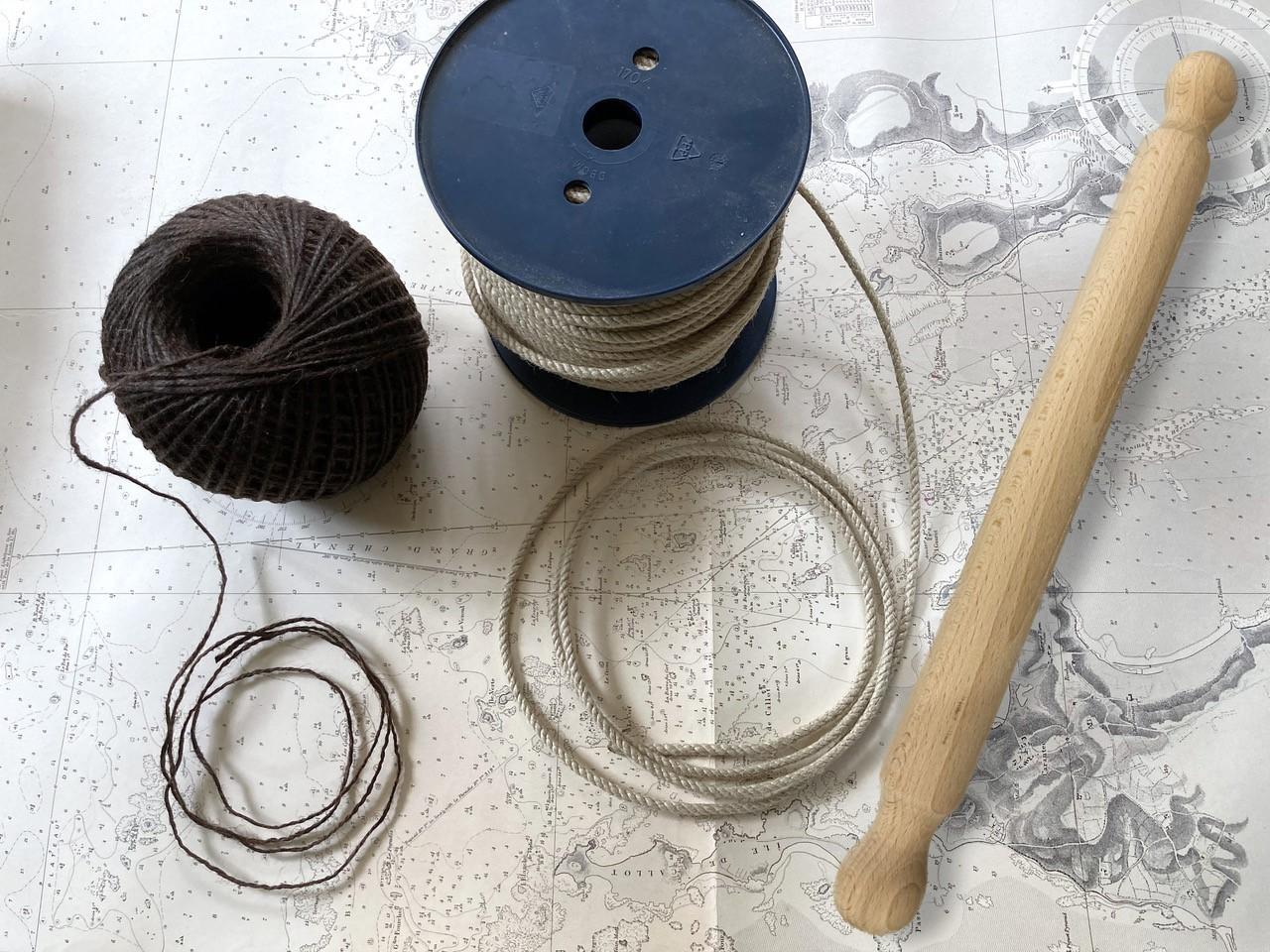
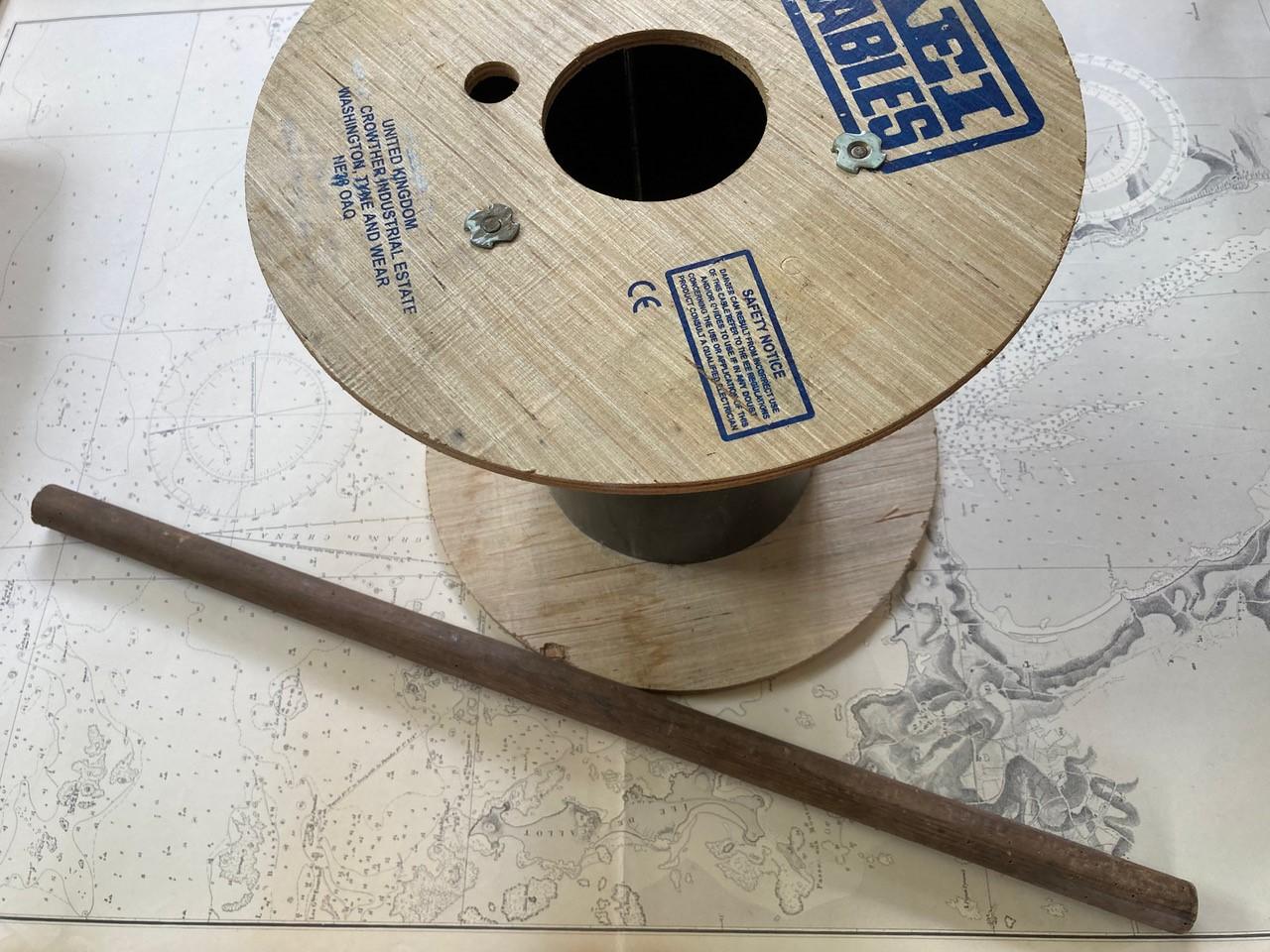
How to make your log line
1. Start by thinking about the speed of the person (ship) you are going to log. 1 nautical mile (nm) is equal to 6,080 ft. A typical walking speed is 3 to 5 nautical miles per hour (mean speed of 4 nm/h), or a typical running speed might be 7 nm/h.
2. Consider how many seconds you will log the ship for. In sailing ships like Cutty Sark the sandglass typically had a set time of 30 seconds. It will be easier if you choose a shorter time for this project, for example 10 seconds.
3. Now, using the above figures as a guide, work out how far a person (your ship) will walk in one hour at the mean speed you have chosen.
(Tip: 4 nm/h = 6,080 ft x 4 = 24,320 ft in 1 hour)
4. Next, divide the total distance travelled in one hour (see step 3, above) by minutes and then by seconds to calculate how many feet will be travelled in 10 seconds. If you are stuck, follow these example steps to help you:
If you expect the person’s (ship’s) speed to be 4 nm/h (4 knots) at most:
- Multiply 6,080 ft x 4 to find the distance in feet travelled in one hour. 6,080 ft x 4 = 24,320 ft.
- Divide that total by 60 to find the distance travelled in one minute. 24,320 ft ÷ 60= 405 ft.
- Lastly, divide that distance by 6 to find the distance travelled in 10 seconds (one-sixth of a minute). 405 ft ÷ 6 = 67 ft.
5. The number you have calculated will be the length of logline you will need. Mark it with evenly spaced knots at half and whole knot distances. For the example logline above, based on an average speed of 4 knots, the line should have 8 evenly spaced knots: four halves and four whole knots.
6. Start streaming and timing with your logline in a clear, open space – perhaps a park or the beach. Secure the loose end of the logline to a nearby fixed object. The person (ship) being logged holds the log overhead with both arms stretched and with the line free to pay out. The person (ship) then starts to walk when the Mate (that’s you, holding a watch) gives the order: ‘Stream the log!’ and at that instant, the Mate starts counting 10 seconds. The person (ship) moves in a straight line away from the tethered end. The line runs out freely from the spool above their head.
After 10 seconds, the Mate orders ‘Belay!’. The person (ship) immediately stops, stands and prevents any more logline running out.
‘Hand the log!’ – The Mate counts the number of knots that have run out for an instant measurement of the ship’s speed in knots.
